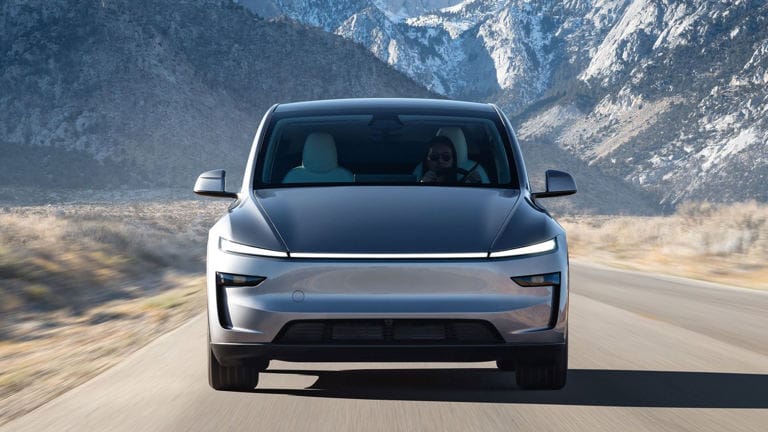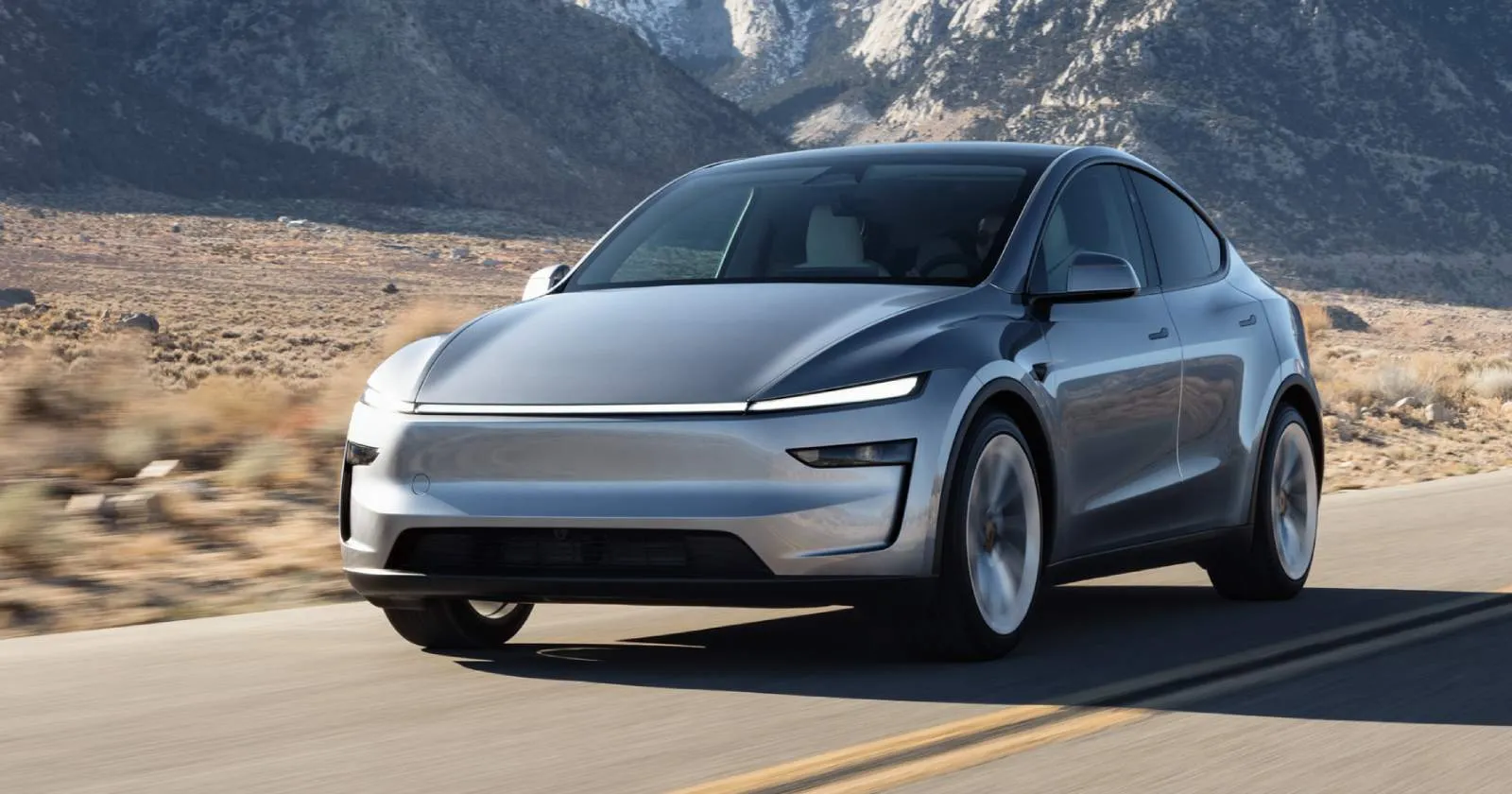The Indian automobile market has long been seen as both a golden opportunity and a challenging battlefield for global carmakers. While companies like Maruti Suzuki and Hyundai have flourished, American automotive giants General Motors (GM) and Ford faced tough terrain, ultimately exiting the market. Now, a new American contender is knocking on the door — Tesla, with its global bestseller, the Model Y.
The big question is: Can Tesla succeed in India where GM and Ford faltered?

The GM and Ford India Exit – A Recap
Before we dive into Tesla’s strategy, it’s essential to understand the reasons behind the failures of GM and Ford:
- Lack of localization: Both brands failed to deeply localize their products for the price-sensitive Indian buyer.
- Limited product appeal: Their lineups lacked the fuel efficiency, affordability, and compact size that Indian consumers value.
- After-sales service concerns: Network gaps and inconsistent service experiences eroded trust.
- High operational costs: Running full-scale operations without adequate volume led to unsustainable business models.
Despite early optimism, GM quit India in 2017 and Ford followed in 2021, both unable to crack the mass-market code.
Tesla’s Entry Strategy – What’s Different?
Tesla, unlike GM and Ford, is not aiming for the mass-market right away. Its entry is poised to be more premium, electric, and tech-driven.
1. Targeting a Niche Premium Segment
Tesla’s Model Y, a compact electric SUV, is expected to target India’s upper middle-class and luxury car buyers — a segment that is growing, especially in metros.
2. Government Push for EVs
India’s government is aggressively promoting electric vehicles through the FAME II scheme, tax subsidies, and infrastructure projects. Tesla could benefit from this supportive policy environment, which didn’t exist when GM and Ford were active.
3. Brand Halo and Tech Appeal
Tesla enjoys a cult following globally, led by its charismatic CEO Elon Musk. In India, a segment of tech-savvy, sustainability-conscious consumers is eager to embrace EVs. The Model Y, packed with autonomous tech, long range, and software updates, could find early adopters easily.
Challenges Tesla Must Overcome
Even with strong demand potential, Tesla’s road to success in India won’t be without bumps.
1. High Import Duties
Without local manufacturing, Tesla’s cars would attract up to 100% import tax, making the Model Y extremely expensive for Indian buyers. Tesla has requested a duty cut, but the Indian government insists on local production.
2. Charging Infrastructure
While expanding fast, India’s EV charging infrastructure is still far from mature. Tesla will need to invest in Supercharger networks or partner with local providers to build confidence in long-distance travel.
3. Price Sensitivity
Even among premium buyers, price matters in India. The Model Y’s success hinges on how Tesla prices it. A CBU import could cost over ₹60–70 lakh, limiting its reach. Localization will be key to bringing that down.
4. Service Network
Indian consumers place high value on after-sales service and spare parts availability. Tesla must ensure a strong, responsive service network to avoid GM and Ford’s fate.
Local Manufacturing: The Gamechanger?
There are reports that Tesla is scouting locations in Gujarat, Maharashtra, and Tamil Nadu for a potential manufacturing facility. If Tesla sets up a Gigafactory in India, it could drastically reduce prices and cater not only to the Indian market but also to export markets in Southeast Asia and Africa.
This would align with Make in India goals, satisfy government demands, and open up volume sales opportunities — something GM and Ford never achieved.
Why Model Y Could Succeed
Here’s what makes the Model Y a promising candidate to break the jinx:
- ✅ SUV Body Style – Indians love SUVs. The Model Y fits the trend.
- ✅ Long Range – Over 500 km per charge (WLTP) could ease range anxiety.
- ✅ Autopilot and Tech – Tesla’s cutting-edge tech could appeal to India’s tech-savvy population.
- ✅ Green Push – With cities battling pollution, EVs are gaining policy and public support.
Conclusion: A New American Chapter?
Tesla’s approach is vastly different from its American predecessors. Rather than chasing mass volumes from day one, it’s targeting premium buyers with an electric-first, tech-loaded offering.
Success won’t be easy — pricing, infrastructure, and policy alignment will be crucial. But if Tesla can localize production, build a robust ecosystem, and ride India’s EV wave, the Model Y could well rewrite the American carmaker story in India.
In doing so, Tesla may not just sell cars — it might transform India’s EV landscape.
More For You
2.How to Stay Focused While Studying: 15 Proven Tips That Actually Work

